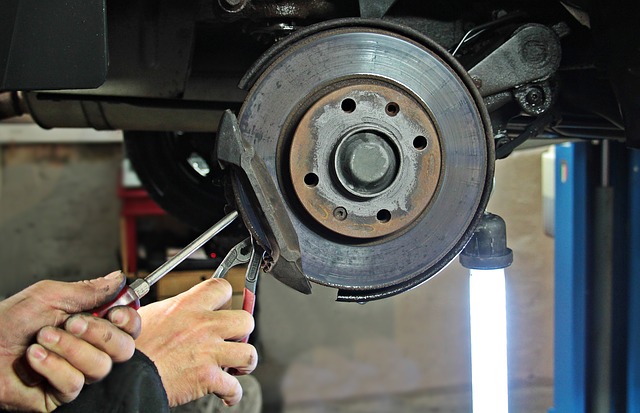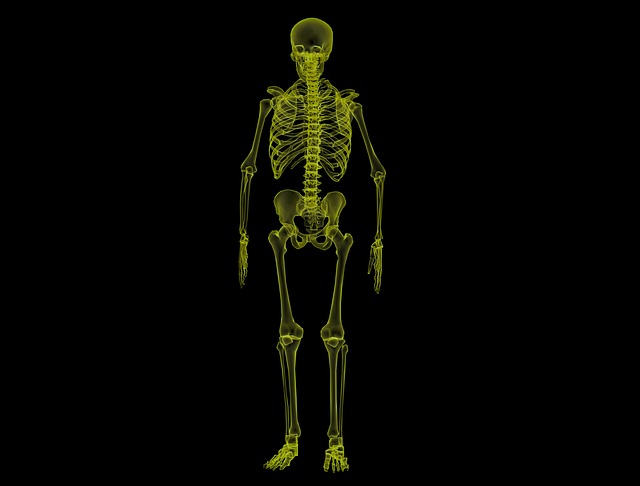Posts Tagged ‘spine’
Careers with Back Pain: Auto Mechanics
Don’t let your job kill your back
Automobile mechanics are in an industry that can be disastrous for the back. Consistently ranked in the top 10 of professions that cause back pain, the auto mechanic faces unique challenges to maintaining their spines’ integrity. Cars are large, awkward objects that require a human to bend, dip and arch their backs in order to get the required angle for work on the car. As we have found out, bending is one of the hardest movements on the spine because it pinches the front of intervertebral discs and leads to degenerative problems in the spine. Below you will find health tips regarding back care and the auto mechanic industry.
Careers with Back Pain: Nursing
Each job comes with its own set of occupational hazards for the spine
Which means that it is important to identify those risks that are particular to your job. And while it may seem apparent that construction workers face a higher incidence rate of injury to their back, you may be surprised to find that nurses suffer more pain as a result of their job. What is responsible for this? It turns out that the lifting involved in nursing is a critical factor in creating back pain. Helping patients move from lying to sitting, boosting them from gurney to examination table and preventing patients from falling are all movements that can damage ligaments and create dysfunction in the spinal motion segments. Here are our tips for preventing back pain as a nurse.
Getting to Know Your Spine In-Depth: Spinal Motion Segments
The Spinal Motion Segment
There are thirty-three vertebrae that make up the human spine. Between each one is a spinal motion segment, also known as a functional spinal unit. Spinal motion segments are made up of:
- Two vertebrae
- Intervertebral disc
- Two facet joints
- A host of supportive ligaments and other soft tissue
The first three in the bulleted list make up what is known as the articular triad, because they allow for the minute articulation between vertebrae. The main role of the spinal motion segment is to allow for motion of the upper body while maintaining enough structural integrity to stabilize the spine and prevent injury to spinal nerves that exit at each level of the spine.
Spinal Elongation: The Therapeutic Feeling of Decompression
Shedding some light on the positions that put your spine under more pressure
The following three conditions are examples of spinal positions put the spine under more pressure than normal, leading to the onset (in some cases far too early onset) of spinal degeneration.
- Forward-head posture: this position puts the head anywhere between 1-3 inches forward of a balanced position atop the spine.
- Hyperlordosis: inward curvature of the lower back
- Scoliosis: sideways curvature of the spine that most often occurs in puberty
These positions also cause the narrowing of spinal discs and if left alone for long enough the curvatures can become even more exaggerated. Because these three positions cause increase compression of the spine, our goal is to reverse the ill-effects of this compression. One of the best ways to do this is through spinal elongation.
Chiropractic is Preventative Medicine
Chiropractic can change the way you think about your health
Chiropractic theory treats the spine as the foundation for wellness. As chiropractors, we do everything in our power to ensure the integrity of that foundation through natural modalities. Along the way, we would like to show you why this is the right way of going about things. Rather than a reactive form of health care, we seek to solve problems at their source before they blossom into something bigger and more troublesome.
Flexion-Distraction Technique for Back Pain
Chiropractic uses a wide variety of modalities to treat back pain
Because every case of back pain is unique, each person’s spine will respond to a different protocol for care. At Holmes Chiropractic, we begin with a comprehensive medical history and physical examination to determine what is causing your specific pain or dysfunction. Once we have pinpointed the root of the problem, we can move forward with a plan for treatment that utilizes one or multiple of the modalities in which we specialize.
How to: Feel Great in Old Age
The longevity of your spine is important
Here is why we love our spine:
- It lets us move: your spine is what allows for the initiation and success of almost every movement that we do on a daily basis.
- It provides our network for nerve signalling: in this way, your brain communicates with every cell, tissue and organ in your body. This allows us to feel sensations, react and do the things we want when we want.
- It supports us: it keeps us upright and connects to all the important structures and muscles that allow us to move and function on a daily basis
Now what happens when this great structure begins to falter?
As our bodies age, the spine can become a make or break factor in how we feel
The truth is, the lifespan of our spines is finite and most often, it is not designed to function as long as we are now able to stay alive. However, more and more we are treating more and more people whose spines have degraded as early as their twenties. Obviously this was not purposeful but, whether through injury or poor posture, it is a frightening precedent to set for a spine that (hopefully) needs to last you another 50 years.
At Holmes Chiropractic, we protect the longevity of spines in the Houston area
Chiropractic care is integral to supporting the spine- by receiving regular assessments and adjustments we can make sure your spine is aligned and your nervous system is working properly. By gaining a feeling for how good it feels to have a straight and upright spine, you subconsciously begin to take the health of your spine more seriously. This usually means paying attention to posture and the strengthening of muscles that lend support to the vertebrae, especially in the lower back. If you are interested in maintaining the health of your spine long into the future, give our office in Houston a call to schedule an appointment today.
After the Adjustment: Taking Care of your Spine
Chiropractic care does not end when you leave the office
Chiropractic adjustment seeks to apply a controlled force to a spinal joint in order to move it back into alignment with the rest of the spine, thus alleviating compression from nearby nerves, correcting the body’s physical function and structural alignment and balancing the muscles in the back. Many people find that they experience significantly less pain and enjoy a greater range of motion immediately after a chiropractic adjustment. By alleviating nerve compression and aligning the spine, significant improvements are made in a person’s range of motion and, thus, flexibility. But what happens when you leave the office?
Keeping Blood Pressure Under Control with Chiropractic
High blood pressure in Houston
Also known as hypertension, high blood pressure is a dangerous condition- constantly elevated levels of blood pressure put strain on the heart, weakening it and impeding its ability to work efficiently. Thus, high blood pressure puts you at elevated risk for potentially fatal diseases and conditions including stroke, sudden cardiac death, heart attack and heart failure. In its early stages, hypertension may not cause any symptoms at all, slowly damaging your body over years, often until it is too late.
How does chiropractic approach high blood pressure?
Helping your Body Heal Itself in Houston
For all but the most serious injuries and diseases, your body has the innate ability to heal itself
Our bodies are amazing and complex structures which contain self-repair mechanisms that keep us functioning day-to-day. Among these mechanisms, our bodies negate cancer cells that are produced, fight off infection, rebuild and repair broken proteins, heal injuries and fight aging to the best of their ability. Because they do so much without our conscious aid, it is important that we help maintain a high level of physical and nutritional support where we can. Chiropractic is an integral part of maintaining this support; read on to find out how.









